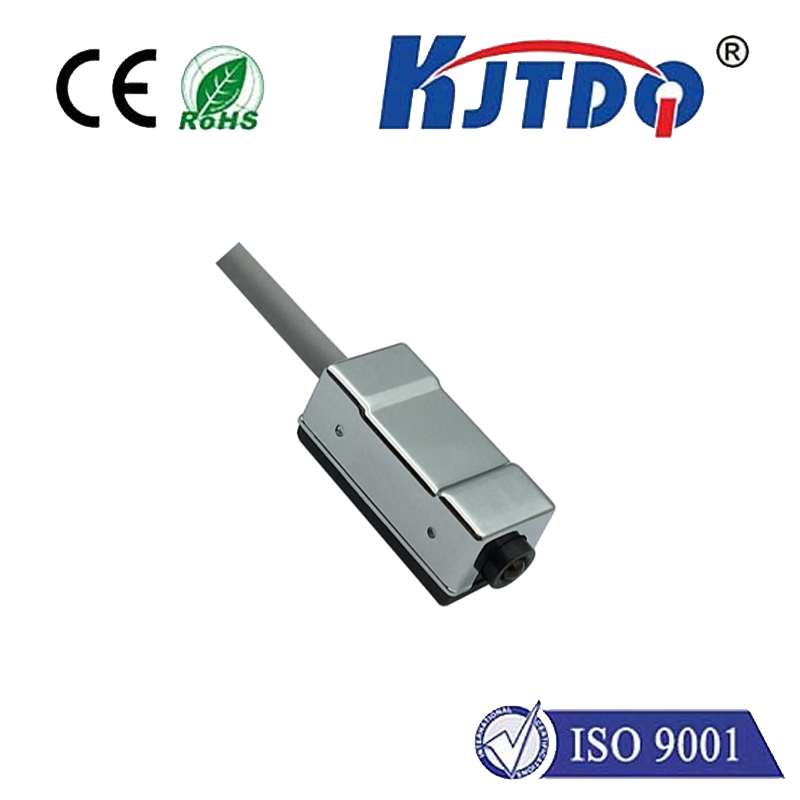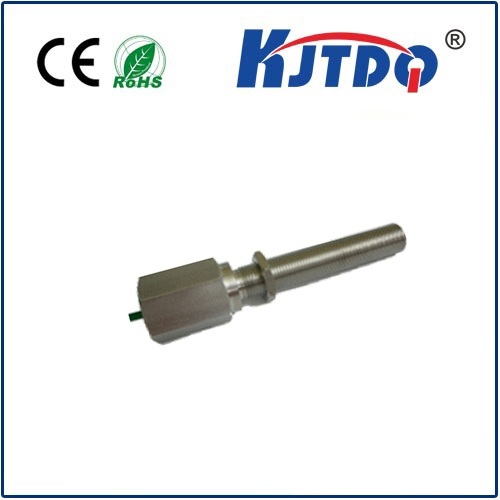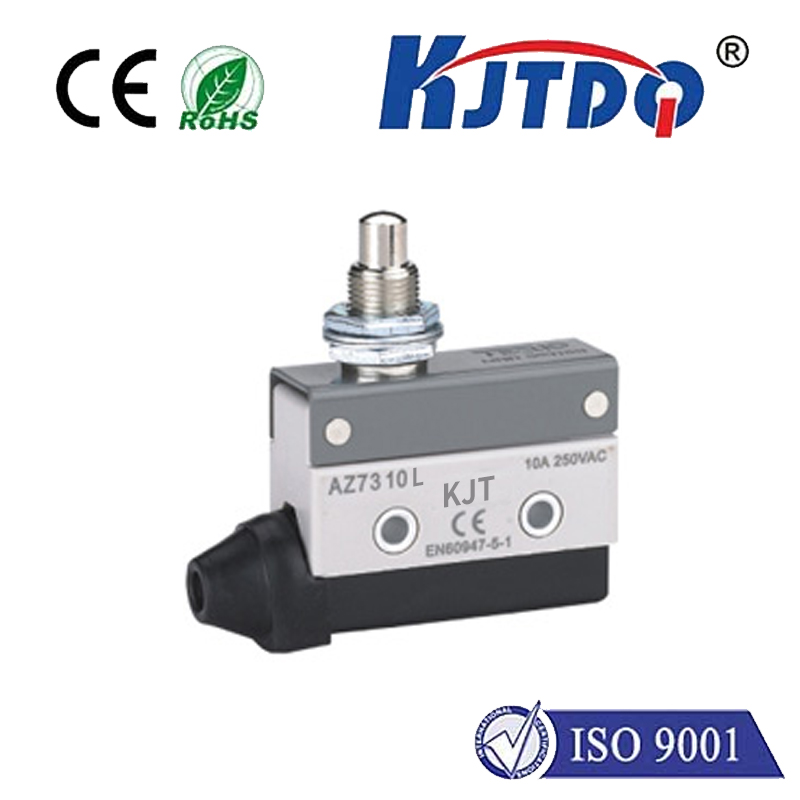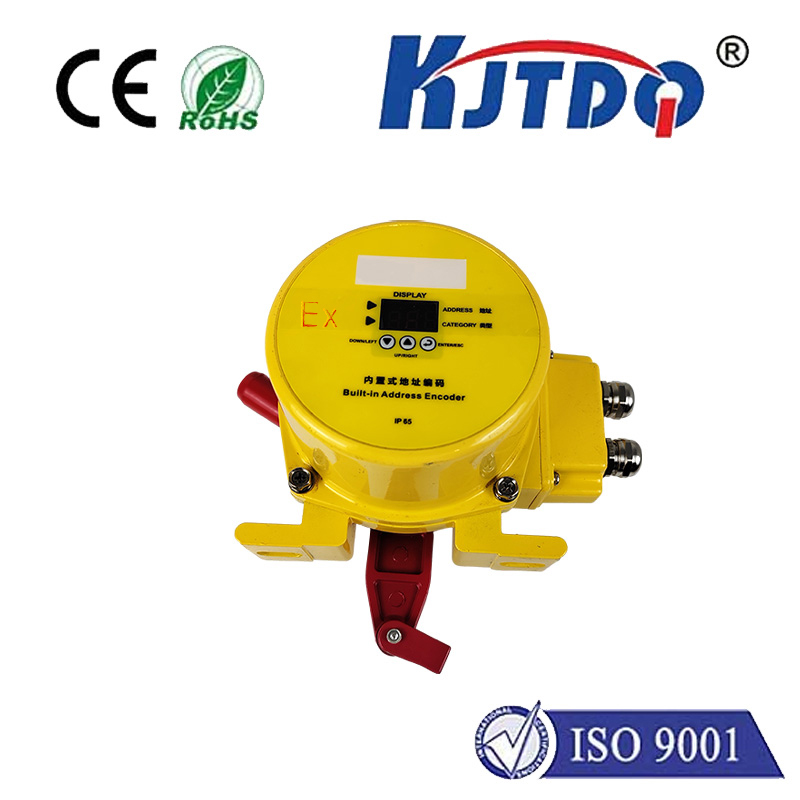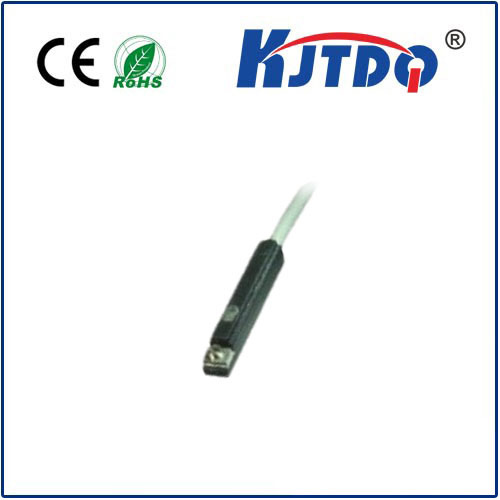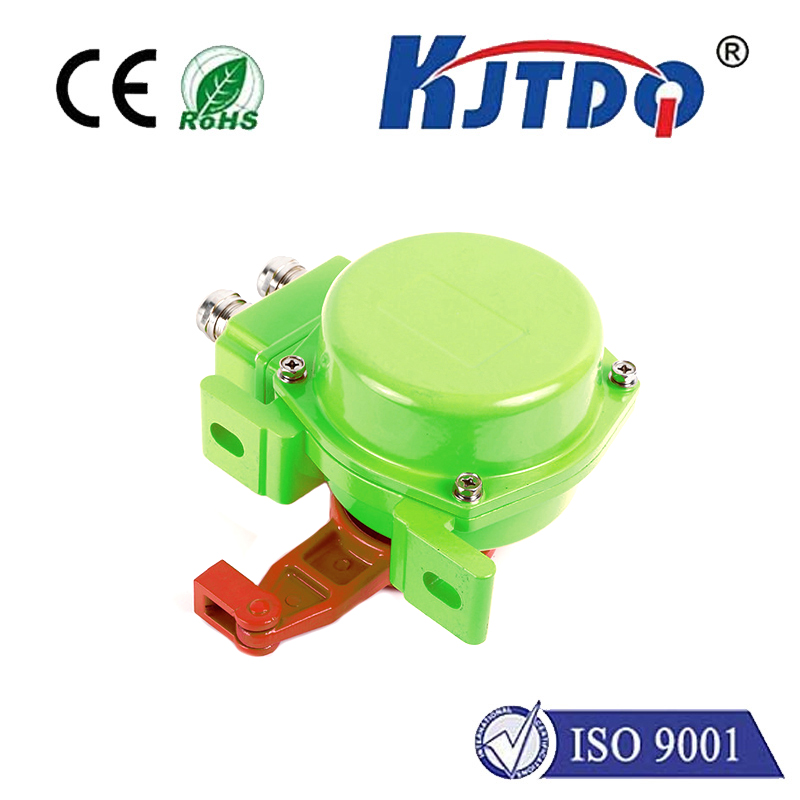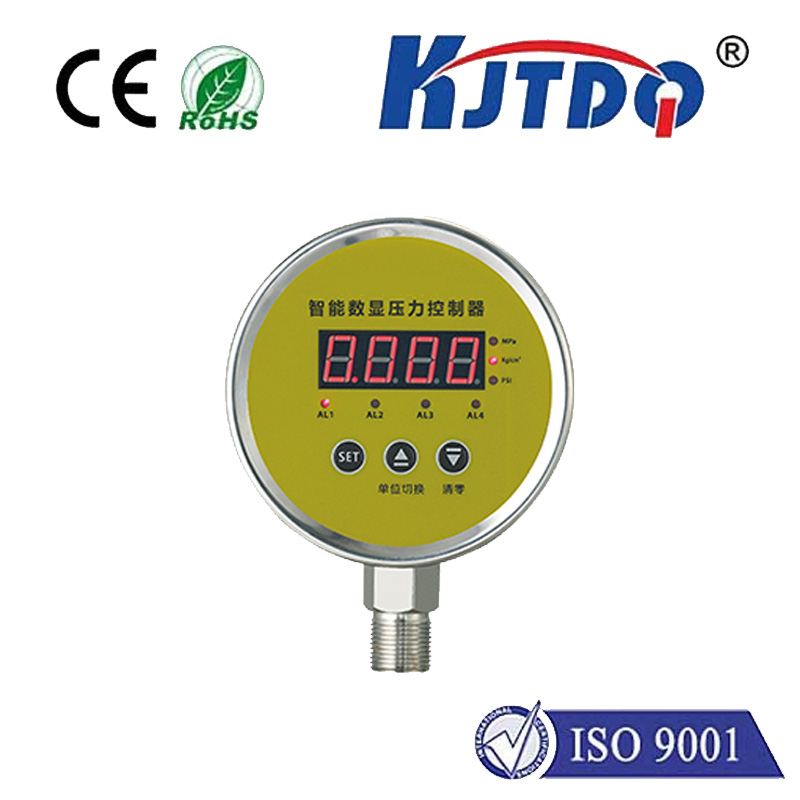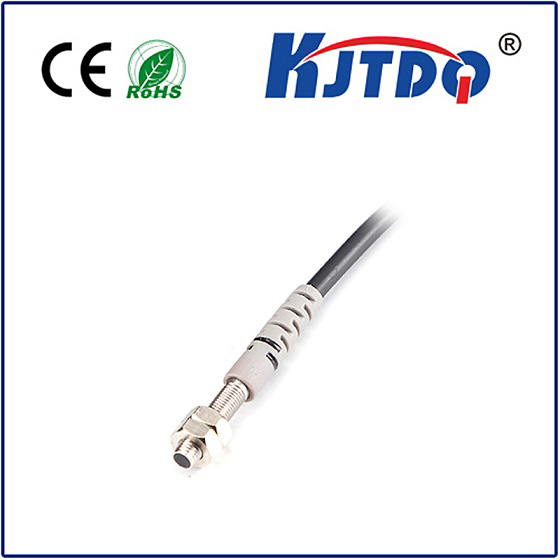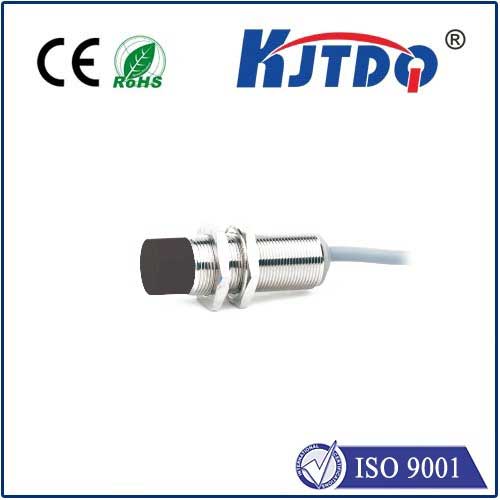

check

check

check

check
Imagine this: a high-speed packaging line suddenly loses air pressure. Without critical safeguards, runaway machinery could cause catastrophic damage or worse – serious injury. This is the precise danger zone where the pneumatic safety switch, a remarkably simple yet vital component, becomes an indispensable hero. Often overlooked but fundamentally critical, these devices are the silent sentinels ensuring compressed air systems operate safely and responsibly, preventing accidents and protecting both personnel and equipment.
Understanding the Core Function: Safety Through Pressure Monitoring
At its essence, a pneumatic safety switch (sometimes called a pneumatic pressure switch or safety valve in specific contexts) is a control device designed to monitor the pressure within a compressed air system. Its primary, non-negotiable function is machine safety. It acts as a vigilant watchdog, constantly checking if the air pressure dips below or, in some designs, rises above, a predetermined safe operating threshold.
When pressure crosses this critical boundary – typically signaling a loss of pressure due to line rupture, pump failure, valve malfunction, or intentional shutdown – the safety switch immediately triggers an action. This action is almost always a machine shutdown or a transition to a safe state. It severs the control circuit powering the hazardous machine functions governed by that air supply. Think of it as an automatic emergency stop button activated by pressure failure. This critical pressure monitoring is the bedrock of its function.
Why Are Pneumatic Safety Switches So Crucial?
The reliance on compressed air in manufacturing, automation, and processing is immense. Pneumatic cylinders drive motions, clamps hold workpieces, brakes control rotation, and actuators position critical components. If air pressure vanishes unexpectedly:

The consequences range from costly machine damage and production downtime to potentially life-altering injuries. Pneumatic safety switches directly mitigate these risks by ensuring machinery cannot operate unsafely under low (or excessive) pressure conditions. They are mandated by national and international safety standards (like ISO 13849, ANSI B11, OSHA regulations) in countless applications where pneumatic power poses inherent risks. Proper implementation is key to workplace safety.
The Mechanics: How Do They Work?
While designs vary, the fundamental principle relies on a pressure-sensing element (like a piston or diaphragm) opposing a calibrated spring force. Under normal safe operating pressure, the spring is compressed, holding internal contacts in their “normal” position (often Normally Closed - NC - for safety circuits). This allows the machine control circuit to be energized.
This fail-safe design principle is paramount. A failure within the safety switch itself, such as a broken spring or damaged sensing element, should inherently cause the switch to go to its safe state (contacts open in an NC circuit), triggering a shutdown – stopping the machine rather than allowing unsafe operation. This is the cornerstone of functional safety.
Key Features and Selection Considerations
Choosing the right pneumatic safety switch isn’t arbitrary. Here’s what matters:
Common Applications: Where Vigilance is Mandatory
These safety devices are ubiquitous wherever compressed air powers potentially dangerous movements:
Beyond Basic Protection: Integrating with Safety Systems
Modern pneumatic safety switches are rarely standalone. They form a critical input to a larger safety interlock system. Their signal feeds into devices like safety relays, safety controllers, or safety PLCs. These controllers then orchestrate the shutdown of power sources (electrical, pneumatic, hydraulic) to bring the entire machine or line to its defined safe state reliably and in accordance with the risk assessment. This integration ensures a holistic and monitored approach to functional safety.
Conclusion: An Investment in Protection Cannot Be Overlooked
The pneumatic safety switch exemplifies a fundamental principle of machinery safety: preventing hazards at their source. It’s a relatively simple, cost-effective component whose value is measured not just in equipment protection, but in the immeasurable safeguarding of human well-being. By reliably monitoring air pressure and initiating a fail-safe shutdown when critical limits are breached, these unsung guardians provide a crucial layer of defense, ensuring compressed air powers productivity safely and responsibly. Selecting, installing, and maintaining certified switches, integrated correctly within a safety control architecture, is not just regulatory compliance – it’s a core commitment to workplace safety and operational integrity. Never underestimate the power of this small but vital piece of pneumatic system safety.

